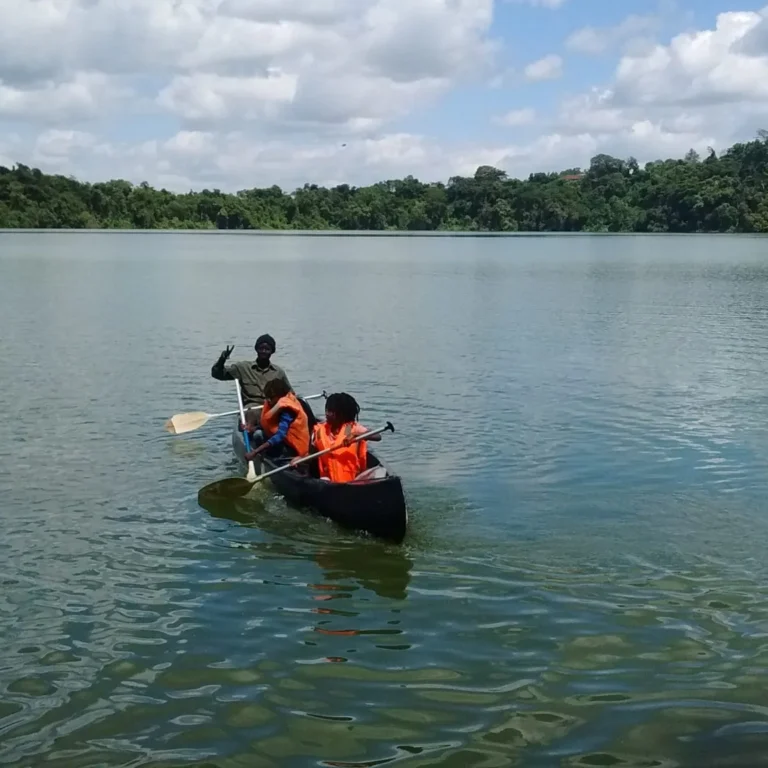Top 15 Highest Mountains in the World.
Gazing upon majestic peaks that pierce the clouds has instilled awe and wonder in humankind for centuries. These behemoths stand as testaments to the Earth’s power and beauty, beckoning adventurous spirits to challenge their limits. Today, we embark on a journey to discover the top 15 highest mountains in the world. Measured from sea level to their summit:
There are at least 108 mountains on Earth with elevations of 7,200 metres (23,622 ft) or greater above sea level. The vast majority of these mountains are located on the edge of the Indian and Eurasian plates in China, India, Nepal, and Pakistan.
1. Mount Everest (Nepal/China)
The undisputed king, reaching a staggering 8,848 meters (29,032 feet), Everest has captured the imagination for generations. Top list of tallest Mountains in the World. Scaling it is a mountaineering dream, but comes with significant risks.
2. K2 (Pakistan/China)
Nicknamed the “Savage Mountain,” K2 boasts a height of 8,611 meters (28,251 feet) and is considered even more technically challenging than Everest due to its steeper slopes and harsher weather highest peaks in the world.
3. Kangchenjunga (Nepal/India)
The third highest at 8,586 meters (28,169 feet), Kangchenjunga translates to “Five Treasure Snows” and lies on the border of Nepal and India. Its remote location and complex glacial terrain contribute to its difficulty.
4. Lhotse (Nepal/China)
Standing tall at 8,516 meters (27,940 feet), Lhotse is often climbed in conjunction with Everest due to their proximity. However, its steep south face presents a formidable challenge.
5. Makalu (Nepal/China)
Nicknamed “The Black Giant” for its dark rock face. Makalu reaches 8,485 meters (27,838 feet) and is known for its unpredictable weather and avalanche risks. Makalu is the 5th tallest mountain above sea level measuring at 8485 meters or 27838 ft, located in the mahalangun, a section in the Himalayas on NE Nepal and South central Tibet, China lies just east of Everest.
6. Cho Oyu (Nepal/China)
Considered the “gentle giant” of the eight-thousanders at 8,188 meters (26,864 feet), Cho Oyu offers a relatively less technical climb compared to its neighbors.
7. Dhaulagiri (Nepal)
Meaning “White Mountain” in Sanskrit, Dhaulagiri stands at 8,167 meters (26,795 feet) and is known for its hidden dangers like crevasses and avalanches.
8. Manaslu (Nepal)
Nicknamed “Mountain of the Soul,” Manaslu reaches 8,163 meters (26,781 feet) and presents a challenging climb due to its steep slopes and unpredictable weather.
9. Nanga Parbat (Pakistan)
Meaning “Naked Mountain” in Urdu, Nanga Parbat stands at 8,126 meters (26,660 feet) and is infamous for its treacherous weather and challenging climbs.
10. Annapurna I (Nepal)
The first eight-thousander successfully summited, Annapurna I reaches 8,091 meters (26,545 feet) and holds the record for the deadliest mountain among the fourteen.
11. Gasherbrum I (K5) (Pakistan/China)
Meaning “Shining Wall” in Balti, Gasherbrum I reaches 8,080 meters (26,509 feet) and is known for its technical climbing sections and unpredictable weather.
12. Broad Peak (K3) (Pakistan/China)
Nicknamed “Broad Peak” due to its relatively wide summit ridge. It stands at 8,051 meters (26,414 feet) and is considered one of the easier eight-thousanders to climb.
13. Gasherbrum II (K4) (Pakistan/China)
Meaning “Shining Wall II” in Balti, Gasherbrum II reaches 8,035 meters (26,362 feet) and is known for its challenging approach and technical climbing sections.
14. Shishapangma (China)
The only eight-thousander entirely within China, Shishapangma reaches 8,013 meters (26,289 feet) and is considered the least technically challenging of the fourteen.
15. Gyachung Kang (Nepal/China)
Translated to “White Ledge” in Tibetan, Gyachung Kang reaches 7,952 meters (26,089 feet) and is located near Mount Everest.
These magnificent giants stand as testaments to the power and beauty of nature. While summiting them requires immense skill, preparation, and even a touch of luck. Their allure continues to inspire and challenge adventurers around the world. So, which peak will you dream of conquering next?
Is Mount Kilimanjaro one of the tallest mountain in the world?
Mount Kilimanjaro, at 5,895 meters (19,341 feet), is not one of the tallest mountains in the world. It ranks around 6th when measured from Earth’s core, but only 20th in height above sea level. However, it holds titles like Africa’s tallest peak and the world’s tallest free-standing mountain. Meaning it rises dramatically from its base without being part of a range. So, while not a global giant, Kilimanjaro remains an impressive and iconic mountain.
FAQs about the Top Highest Mountains in the World:
What is the highest mountain in the world? Mount Everest, on the border of Nepal and China, stands at 8,848.86 meters (29,031.7 feet) above sea level.
What is the difference between height above sea level and distance from Earth’s center? While Mount Everest is highest above sea level. Chimborazo in Ecuador is furthest from Earth’s center due to the Earth’s bulge at the equator.
Climbing:
Can anyone climb these mountains? No, these peaks require advanced mountaineering skills, experience, and physical fitness. Many have significant dangers like extreme weather, altitude sickness, and avalanches.
How much does it cost to climb these mountains? Costs vary depending on the mountain, route, operator, and permits, but can range from tens of thousands to over $100,000.
What is the success rate for summiting these peaks? Success rates vary based on the mountain, but generally range from 20-50%. Some, like K2, have much lower success rates due to their difficulty.
Other Interesting Facts:
Are any of these mountains growing or shrinking? Mountains constantly experience geologic processes like uplift and erosion, so their heights can change slightly over time.
What is the tallest mountain from base to summit? Mauna Kea in Hawaii, though only 4,207 meters above sea level. As a base over 6,000 meters below sea level, making it the tallest from base to peak at over 10,000 meters.
What are the environmental concerns surrounding these mountains? Increased tourism and climbing activities can impact the fragile ecosystems of these regions. Conservation efforts are crucial to protect these unique environments.








